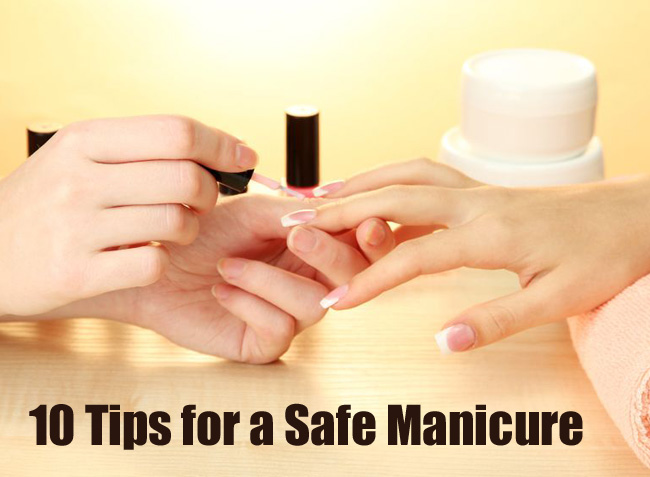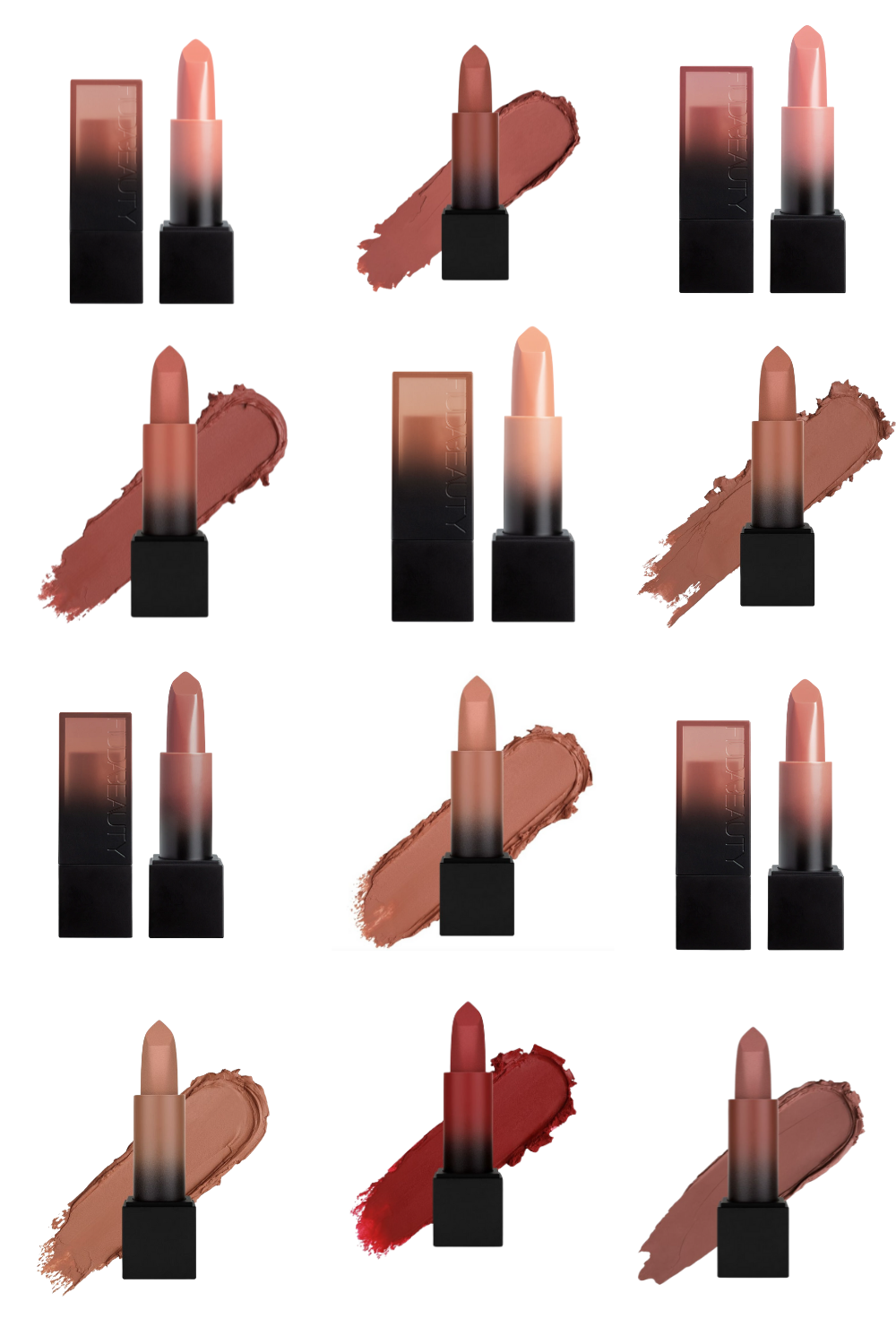Top 10 Tips for a Safe Manicure.
/I am a slave to the nail salon. Though I change up my nail color at home a few times a week. I get regular manicures at the salon every two weeks. I have been visiting the same salon for almost 20 years and have been seeing the same nail tech at that salon for about four years now, so I feel safe with both her and the salon. But there are a lot of unsavory salons and manicurists out there. Don't be fooled by those cheap nail salons that lure you in with the $5 manicures. They may have unlicensed nail techs or unsafe and dirty stations may just walk away with more than a great looking set of nails when you leave the salon. Pathogens are right at home in the warm and wet environment that salons provide and proper sanitation is the only way to prevent their spread. Robert Urfer, founder of Lucas-Cide Salon and Spa Disinfectant, offers 10 tips to ensure you're in for a safe mani/pedi.

1. Arrive 15 minutes early to your appointment so that you have time to glance around the salon. Does it appear clean and professional? A tidy salon is a good indication that the owner and technicians value cleanliness and more likely taking extra steps to sanitize their equipment and tools. If trash cans are overflowing and dust is collecting on shelves, do not trust that the foot baths and nail clippers are sanitary.
2. Always look for the salon’s license, which should be posted on the wall near the entrance where clients can easily see it along with the technician’s licenses.
3. How does the salon sterilize their tools? Some salons use UV sterilizers – devices that resemble toaster ovens. A UV sterilizer does not kill bacteria. Instead, you should see bottle of disinfectant. Make sure the liquid does not appear cloudy or foggy, which is an indication that the liquid needs to be changed. Ask if they test their solution regularly with test strips.
4. Look in the pedicure area. Are the technicians cleaning and disinfecting the footbaths after each use? Make sure the technicians use hot, soapy water to wash the tub. After being washed, the foot spas should be filled again with water. The proper amount of disinfectant should be added to the water and the spa should be run for at least 10 minutes before being emptied out and wiped clean.
5. If you are getting acrylic nails or fillings, make sure the nail technician washes her hands before getting started. She should also apply an antibacterial spray or gel to your hands. Make sure she is using sterilized or properly disinfected tools. Even nail files should be disinfected or discarded after each use. Look for a salon that has a set of tools for each client.
6. Check the nail technician’s work area. Are the technicians cleaning and disinfecting their work areas after each client, replacing used towels with clean, fresh ones? Are used cotton balls, disposable nail files, and wooden tools thrown out properly?
7. Don’t let the technician cut your cuticles. Cuticles provide natural protection against infection in your nail bed. So, rather than allowing the technician to cut them back, ask the technician to either leave them alone or gently push them back. Cutting cuticles is dangerous because it causes skin to tear, increasing your risk of infection.
8. To further reduce the risk of infection, some salons provide file bags for individual customers. Each bag contains the tools technicians use for manicures and pedicures, such as files, manicure brushes and buffers. The tools are placed in a bag labeled with your name and are used on your nails only. They are cleaned and sterilized or disinfected before and after use. When done, the tools are placed into a plastic bag – not airtight – ready for your next appointment. Some clients also prefer to bring their own manicure set.
9. If you are still concerned about the risk of infection, consider going to a med spa for your regular nail appointments. Med spas are overseen by a physician, ensuring that the environment, tools, and equipment are cleaned and sterilized or disinfected before and after each client.
10. If you ever have concerns about your local nail salon you can always call your State Board of Cosmetology. The State Boards of Cosmetology are in place to look out for the clients well being.














